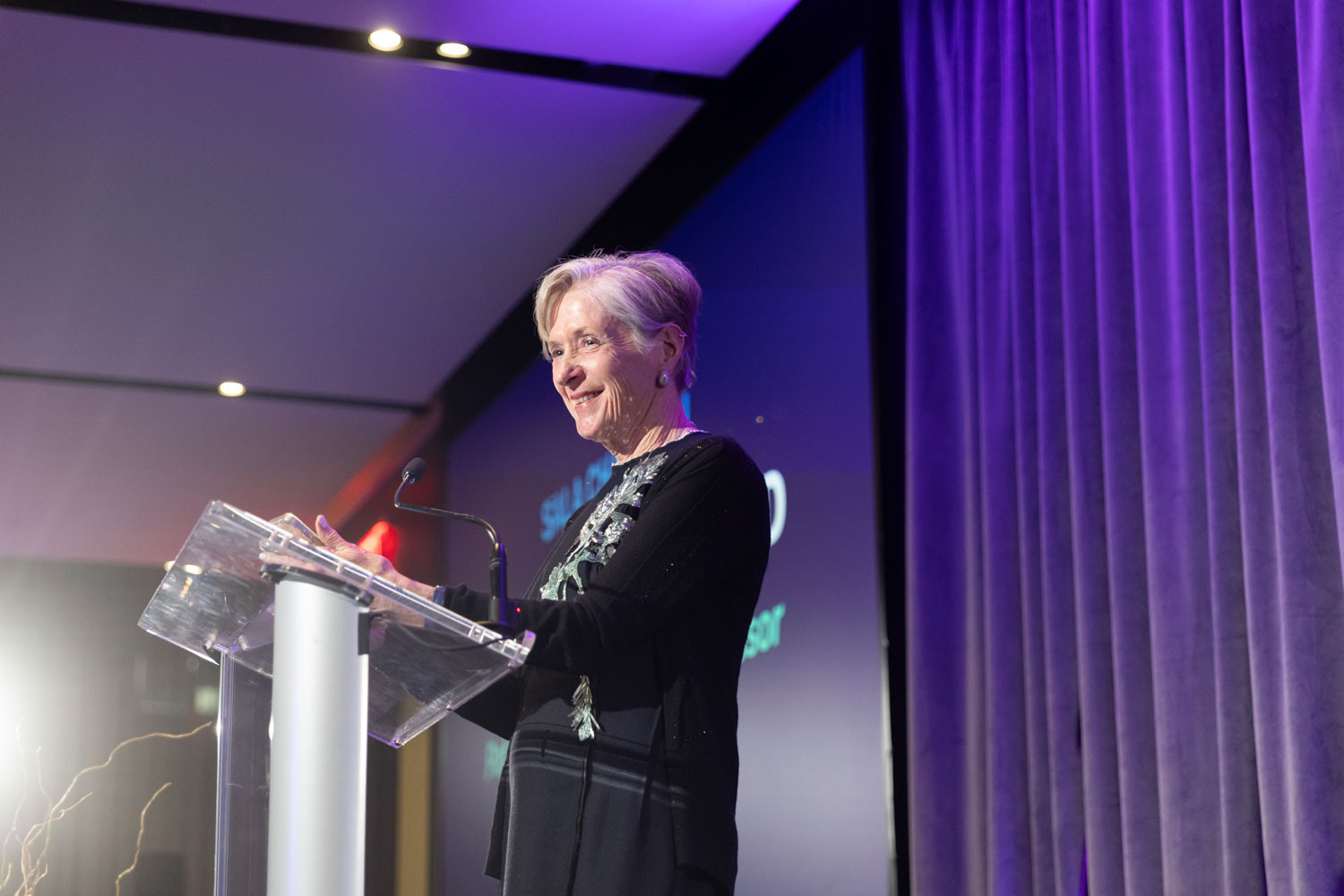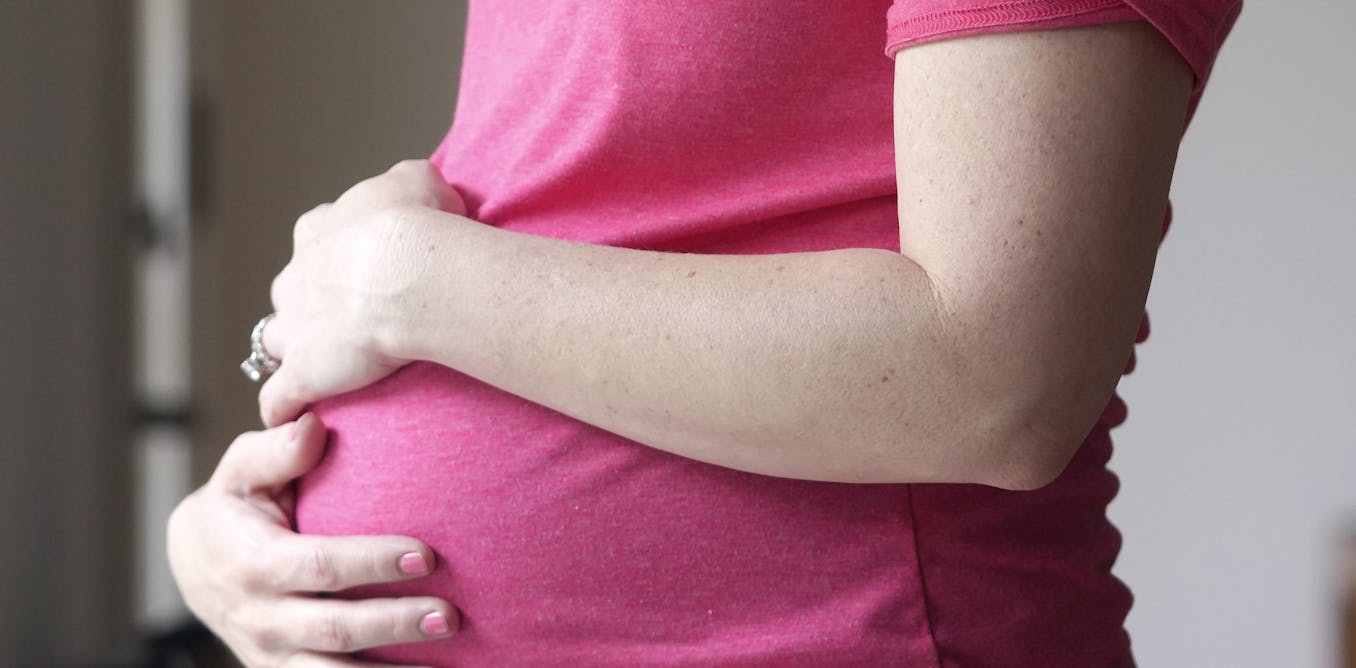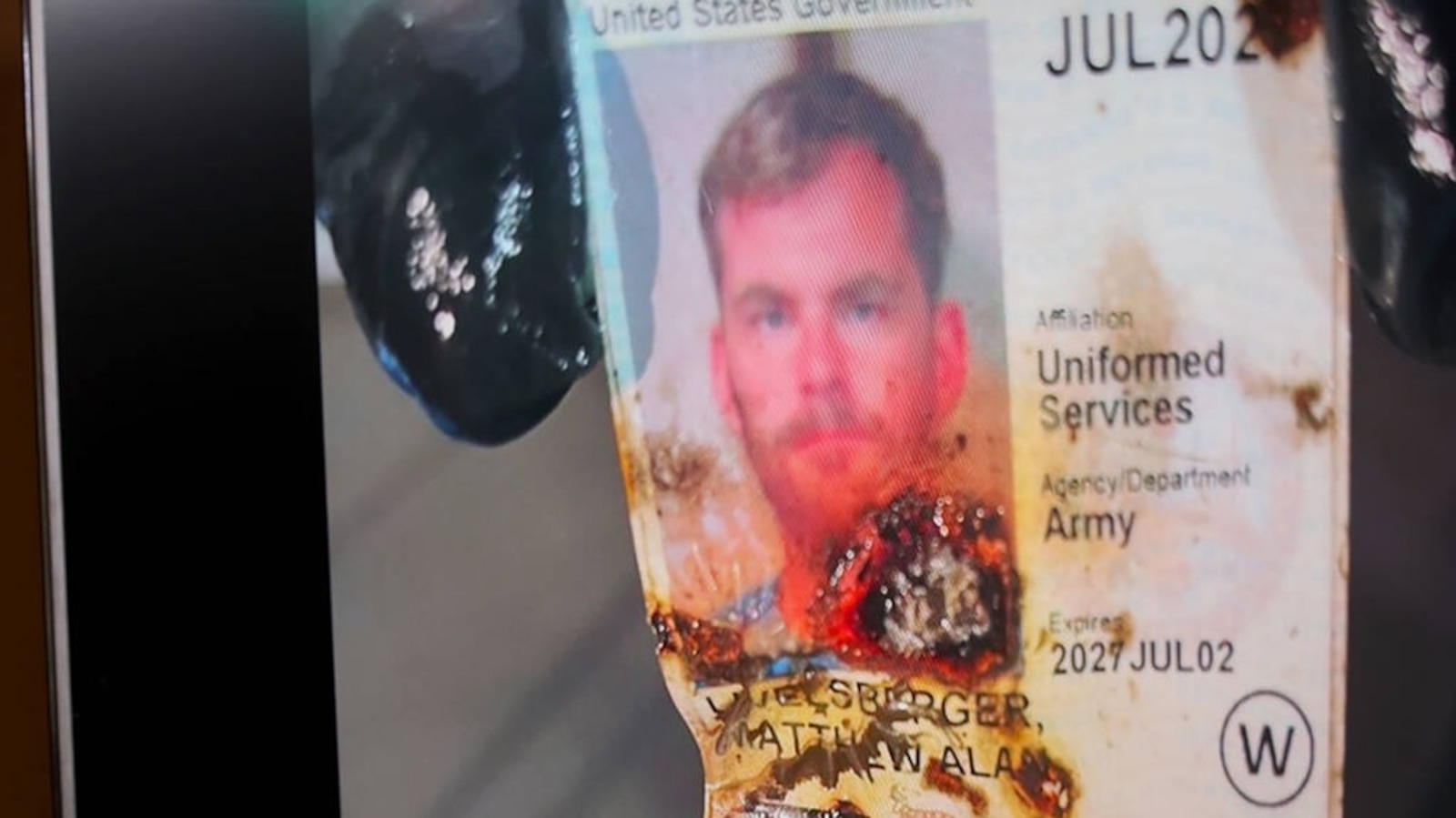What’s next in health care? Austin’s medical leaders weigh in


Dr. Charles Fraser, right, implants the first heart transplant at Dell Children’s Medical Center in 2020. Since that transplant, the program has done more than 30 as well as a partial heart transplant and a mechanical heart transplant. Dell Medical School was the catalyst to bringing more programs and doctors to the Austin area.
How will Austin answer the growing demand for health care as the area’s population grows? How can health care competitors better work together to close gaps in care? How will artificial intelligence and technology change health services in Austin?
These big questions were some of the topics tackled at the recent Austin Chamber of Commerce and the Austin Healthcare Council’s Healthcare Summit 2025.
Article continues below this ad

Peter Meisel uses the Armeo Spring machine during an appointment at St. David’s Rehabilitation Hospital in 2024. The rehab hospital has added a floor and been able to help more people with new technology.
Austin’s health care scene has grown rapidly in the past decade and will continue to grow. In recent years:

The demolition of the Frank Erwin Center has made way for two new hospitals on the University of Texas campus: an MD Anderson cancer center and a UT Dell Medical School specialty hospital.
What has driven Austin’s growing health care scene?
A big part of a health care boom locally has been the growth of the area in general. For 12 years, from 2010 to 2021, Austin was the fastest-growing metropolitan area, according to the U.S. Census.
Article continues below this ad
“We are an extraordinarily successful place,” Mayor Kirk Watson said at the summit. “Health care is a key part of that success.”
What attracts people to move to a city is health care and education, said Jay Fox, the president of Baylor Scott & White Health in the Austin Area.
That population growth came as Austin was investing in building more health care infrastructure with the launch of the Dell Medical School at the University of Texas and a 2012 vote to spend $35 million annually in tax revenue to establish the medical school.
The school has brought 450 doctors to the Austin area in the last 10 years, and since its first graduating class in 2020, is creating 50 new doctors a year, many of whom continue with residencies and then fellowships in the Austin-area. Those graduate medical programs also have grown with the start of Dell Medical School as well as with St. David’s HealthCare starting its residency programs.
Article continues below this ad
“We have improved access in care,” said Dell Medical School Dean Dr. Claudia Lucchinetti. She points to the heart program at Dell Children’s Medical Center, which now can offer heart transplants, partial heart transplants and mechanical hearts. Five years ago, children had to go to Dallas or Houston for that care. “We’ve brought exceptional care into the city,” she said.

Pediatric cardiology anesthesiologist Dr. Erin Gottlieb, right, and nurse anesthetist Connor Larson monitor a patient during a pediatric heart surgery at Dell Children’s Medical Center in February. Dell Medical School and the building of a new heart program brought Gottlieb and many other specialists to Austin.
Adding more specialty care has allowed more people to stay at home for care instead of traveling to San Antonio, Houston or Dallas, or even outside of Texas. Ascension Texas estimates that patients traveling from Austin for care has fallen from around 10% seven years ago to now less than 6% now, and that percentage will continue to fall as the hospital system adds more programs. St. David’s estimates that number has gone from around 6% to 3½%.
“There are some esoteric things that can’t be done in Austin, but not many of them,” said David Huffstutler, president & CEO of St. David’s HealthCare. “The clinical capability has been strong for a long time, but it’s stronger than ever.”
Article continues below this ad
Austin has become a place where people from around the world go for care. St. David’s Texas Cardiac Arrhythmia Institute brings doctors from across the globe every other year to Austin to train. St. David’s heart team has been the first in the country to try new technologies.
Texas Children’s Hospital in Austin has built a surgical program for kids with a rare stomach disorder and a craniofacial program for children with genetic disorders.
Dell Children’s has pregnant mothers flying in to participate in a clinical trial for a blood disorder and children with congenital heart defects coming for care from around the world.

Dr. Robert Canby, a cardiac electrophysiologist, describes an FDA-approved novel lead-less system that provides cardiac resynchronization therapy he placed in Tom Derrington’s heart at the Texas Cardiac Arrhythmia Institute at St. David’s Medical Center in Austin this year. The institute often is one of the first places in the country to try a new device and trains doctors from around the world.
Collaboration built by the pandemic
The silos between the three hospital systems — Ascension Texas, St. David’s HealthCare and Baylor Scott & White Health — broke down out of necessity as hospitals needed to talk with one another to move patients throughout different systems depending on bed availability, and as hospitals had trouble accessing supplies such as saline solution, blood tubes and personal protection equipment.
Article continues below this ad
That collaboration has continued with regular meetings of local health care players.
“It takes all of us,” said Fox of Baylor Scott & White. “None of us have enough capital or resources to do this alone.”
One area of concern is how patients navigate throughout the different systems and how to make sure the area’s poor and vulnerable do not fall in the cracks. “All of us are at the table trying to solve the problem,” said John Thresher, Ascension Texas’ chief strategy officer.
As much as the health care systems pat themselves on the back for the collaboration that has begun, Lucchinetti said, the patients don’t yet see it when they try to navigate what she calls the “odyssey of fragmented care.”
Article continues below this ad

Medical assistant Sarai Vences, second from right, along with registered nurse Alex Gaccione and medical assistant Gracie Moreno, far right, listen to registered nurse Bassem Fakhouri during a clinic huddle at the Central Health East Austin Specialty Clinic. Central Health, the hospital district, has added specialty care to reduce the wait times for patients.
Recently, Austin Public Health, the medical school, Central Health (the Austin-Travis County hospital district), Integral Care (the mental health authority for Austin Travis-County) and the Travis County sheriff’s office came together to start implementing the Watershed system that shares patient information among the safety net providers and is trying to get the big three hospital systems to also sign onto sharing patient information in a federal privacy law-compliant way.
“We have a moral imperative to address the gap that exists,” Lucchinetti said. “We could have a patient in the emergency room who has been to three other ERS, and we don’t know.”
Article continues below this ad
Creating space for health innovation
The city also established in 2011 what Watson called a “really lofty vision” to grow the life science industry in Austin, which has led to more than 300 life sciences companies locally. These are companies like Natera to detect cancer recurrence through DNA and OneBillionOne for prenatal genetic testing.
“They are here because we created an ecosystem of health and life sciences,” Watson said.
More growth in life sciences is expected to come. The city has created a special zoning designation for life science companies to make it easier for them to put down roots here.
Article continues below this ad
Those business entities, the medical school and other University of Texas departments have created the potential for new health care products to be developed and tested here.
More medical research also is being done in Austin. Dell Medical School moved from 107th position in the National Institutes of Health funding in 2023 to 54th in 2024 with $113 million awarded.
The ability for Dell Medical School to build an academic health system from scratch, including its two planned hospitals, will allow the school to rethink how health care is delivered to make it more patient-centered and integrated, Lucchinetti said. Really complicated care requires a team, she said, and UT will pull in research from the schools of nursing, social work, pharmacy, engineering and more to create that team approach inside its new hospitals and clinics.
Technology will be integral in those hospitals, she said, which means being forward-thinking so hospitals are not obsolete when they open.
Article continues below this ad

Dr. Matias Bruzoni, director of pediatric surgery, visits with Amanda Senf, left, and her son Nikkia Pigeon III, in their room at Texas Children’s Hospital North in July. The family from Oklahoma came to Austin to have their baby, who needed surgery during the delivery, to have use of his lung.
Putting technology to use in, out of hospital
The use of artificial intelligence, robotics, virtual care and other technology will increasingly be a part of health care in the next 25 years. Technology is expected to add efficiency. More doctors are using AI to take notes during a patient visit, allowing them to make eye-contact with patients again and reducing the amount of after-hours work. It means computers notify the patient directly of normal labs rather than waiting for the doctor to notify the patient.
Technology also can help patients be more efficient. Baylor Scott & White developed the “Help Me Decide” feature in its app to steer patients to the kind of care they need. “83% thought they needed to go to the emergency room, but they could go somewhere else that’s more timely, more efficient and at a lower cost,” Fox said.
Article continues below this ad
AI that is grounded in patient experience could help patients be more proactive and seek preventative care rather than emergency treatment once conditions have developed. “Things can shift to outpatient care,” Thresher said, rather than expensive hospital care.

St. David’s nurse navigator Barbie McCartney looks at Suttyn Miller in her mom Megan Ruiz’s arm, while dad Demario Miller holds Emersyn Miller, and brother Carter watches. McCartney helped the Miller family while they were waiting for the twins to be born. At St. David’s North Austin, the neonatal intensive care unit and the antepartum, delivery and postpartum areas have expanded with the growth of Austin. The hospital is now delivering more than 10,000 babies a year.
Changing how we pay for health care
Dr. Clay Johnston, the first dean of the medical school and the co-founder of primary care provider Harbor Health, has been focusing on making preventative care and improved health outcomes something insurance companies will pay for. “We are trying to change what primary care looks like and to anticipate people’s needs,” he said.
Article continues below this ad
Dr. Anas Daghestani, president and CEO of Austin Regional Clinic, agrees. “We have to be primary care-centric if we want to reduce the cost of care.”
The value of care is something Dr. Pat Lee, the CEO and president of Central Health, is considering, as well as improving access. Central Health has been investing in programs llike its respite center and adding specialty care providers to keep people from returning to the hospital or from needing the hospital in the first place. “We pay for it one way or another. If we pay later at the hospital, we pay more: an ounce of prevention or a pound of care.”
Reducing the cost of care also means bringing health care to where the people are: “in schools, on the street, in places of worship,” Lee said. For Central Health and other providers, that has meant developing community health worker training programs. Community health workers can bring educational programs to the community as well as do check-ins with vulnerable populations. Central Health also has increased its mobile health clinic program.
Article continues below this ad
With the medical school now built and open, Watson has set new goals for Austin’s future, including making Austin the best place in America to be a kid. “We cannot do it if we don’t improve health outcomes for Central Texas,” Watson said. “We need that collaboration now more than ever,” he said of the way the health community has collaborated to improve the quality of care in the past 10 years and built the medical school.

Medical assistant Jalen Reasonover, left, and registered nurse Lana Sherrill load medical equipment and supplies into the Central Health Mobile Bridge Clinic van at the Central Health Clinical Education Center in March. Central Health has added more mobile clinic capacity to its program.
link










